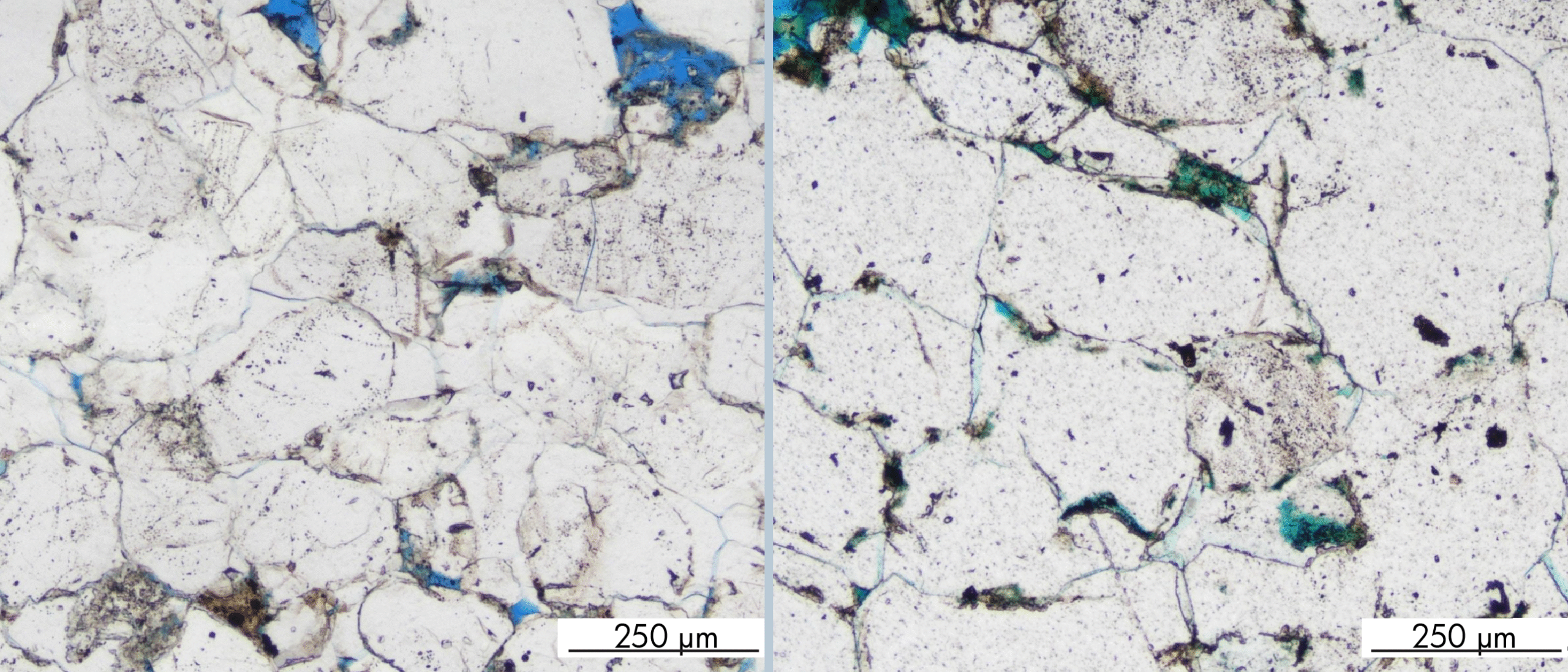Equinor is testing the 35/2-1 (Peon) discovery from 2005 for field development, and has submitted an application to the Norwegian Environmental Agency for consent to drill a test well next to the reservoir.
The primary target for the test well is to verify the relief well concept. The discovery is now under a field development clarification phase, according to the Norwegian Petroleum Directorate (NPD). It will also prove if it is possible to drill the planned well trajectories in field development, and to install casing, and other necessary barriers.
The test well is placed outside the Peon field to avoid having a reservoir beneath the well trajectory, thus removing the risk of drilling into the hydrocarbon-bearing reservoir if it proves difficult to retain the well trajectory while drilling.
This discovery stands out on the Norwegian Continental Shelf (NCS) since its reservoirs are found in homogenous, unconsolidated sand in the Nordland Group of a Quaternary age.
Permeabilities are likely in the Darcy range, the petrophysical interpretation shows very good properties with an average porosity of 0.33, a net to gross of 0.99 and a water saturation of 0.12, according to the NPD Factpages.
The resources given are 170 MMboe of extremely dry gas (99.5 to 99.98 per cent methane). The top of the reservoir is situated just 210 meters below the seafloor making it one of the shallowest reservoirs on the NCS.
TERJE SOLBAKK




